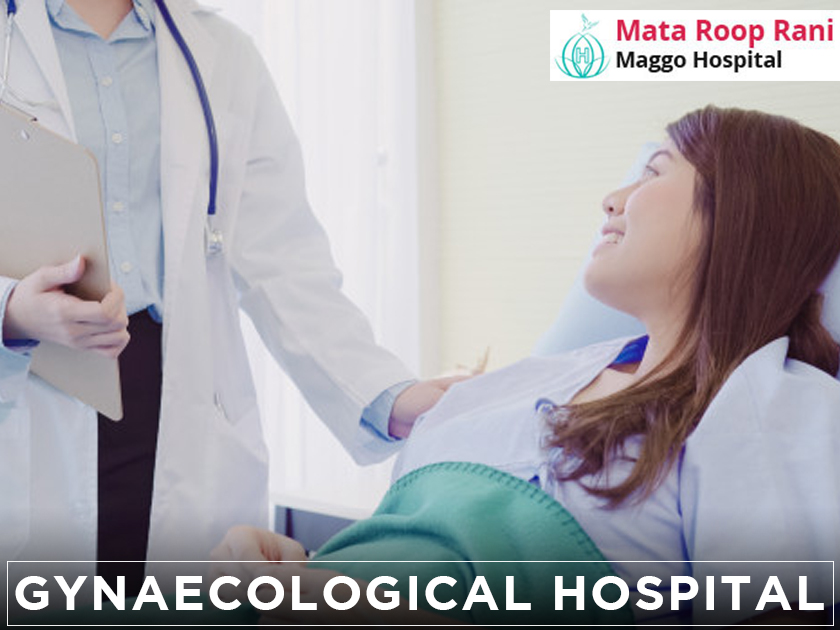The different types of Menstrual Disorders and their Treatment
When a woman suffers from menstrual disorders, she faces problems in their normal menstrual cycle. These disorders can lead to severe complications some of which are life-threatening. Menstrual disorders are usually caused due to imbalances in the hormone, clotting disorder, cancer, uterine fibroids, sexually transmitted diseases (STD), polycystic ovary syndrome (PCOS) or else due to some genetically inherited problem. In such cases, you can seek help from the
gynaecologist in Uttam Nagar,west delhi who provide the best quality treatment in this department.
Here are some of the few common menstrual disorders faced by women-
1. Abnormal uterine bleeding
can lead to bleeding in between periods, after sex, or after menopause. The bleeding is heavy and continues for more number of days than is normal. The causes behind this condition are many. It can stem from an ectopic pregnancy, miscarriage, use of birth control methods, infection of the uterus, fibroids, blood clotting, endometrial hyperplasia among others.
Treatment– You should consult the doctor immediately in such cases. The doctors check the blood count in case bleeding is very heavy. An ultrasound exam of the pelvic region may show the cause of your bleeding. Often, an endometrial biopsy is conducted where the doctor inserts a catheter into the uterus and remove little pieces of the uterus lining. The samples are sent to the lab for testing for chances of cancer. Hysterectomy is done where the uterus is removed if the condition is severe. Endometrial ablation is a surgical method to destroy the uterus lining. This can stop all forms of menstrual bleeding in women.
2. Amenorrhea
is also known as the condition of missed periods. Primary amenorrhea is when a young girl does not have her first period by the age of 15. Secondary amenorrhea is when a woman stops having her periods for more than three months time. The causes behind this condition include failure of the ovaries, problems in the pituitary gland or the nervous system, poor development of the reproductive system or even extreme forms of exercising.
Treatment– The doctors recommend the use of contraceptive pills which often restart the menstrual cycle. Estrogen Replacement Therapy help in balancing the hormones which in turn restart periods in women. ERT replaces the natural estrogen in the woman’s body for a normal and healthy menstrual cycle. Sometimes surgical treatments are also considered like Uterine Scarring where tissue from the uterus is removed to diagnose or clear the lining after a miscarriage. The removal of the scar tissue can restore your menstrual cycle.
3. Uterine Fibroids
are non-cancerous growth in the uterus. Also, known as leiomyomas, this can lead to various other reproductive and health issues in women. The symptoms include prolonged menstrual bleeding, anaemia, serious menstrual cramps, frequent need to urinate, pain during intercourse, abdominal or lower back pain, constipation, chronic vaginal discharge, infertility etc.
Treatment– Several imaging tests are suggested by the doctor. These are an MRI which can show the size and the location of the tumour. This, in turn, gives more options for treatment. Hysterosonography also is known as the saline infusion sonogram makes use of sterile saline to expand the cavity of the uterine making it easier to access to the images of the submucosal fibroids and endometrium. A Hysteroscopy is a process where the doctor inserts a tiny, lighted telescope into the uterus through the cervix. Then the walls of your uterus and the openings of the fallopian tubes are examined.
The treatment for menstrual disorders can require surgical as well as medical treatment. It usually depends on the underlying causes that lead to these complications. The doctors also suggest lifestyle changes to the patient in order to fasten the recovery time.
